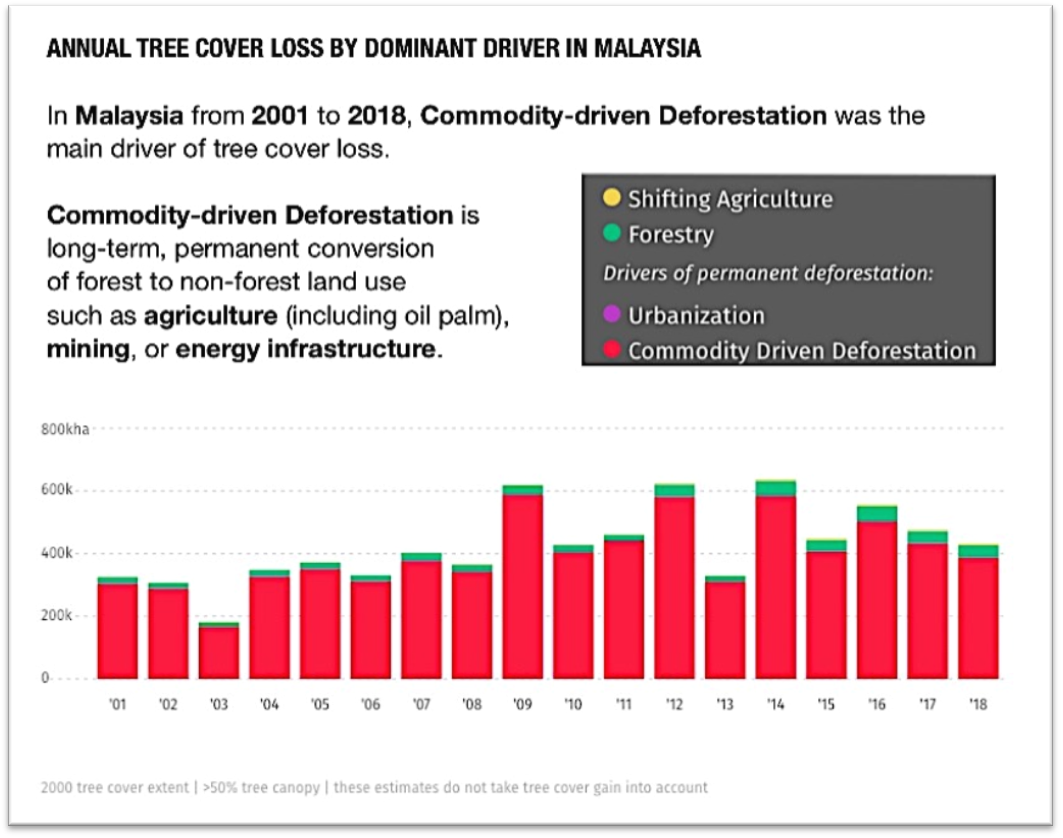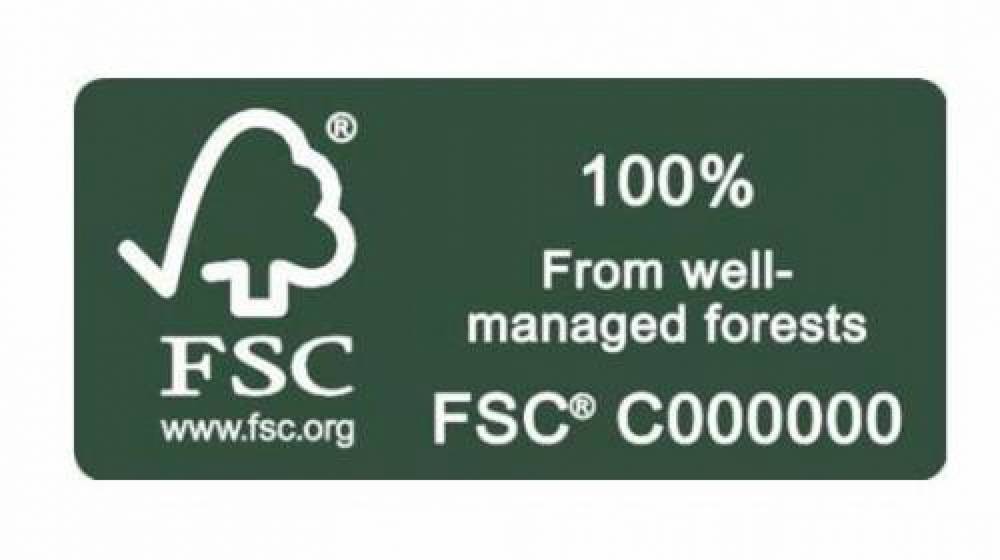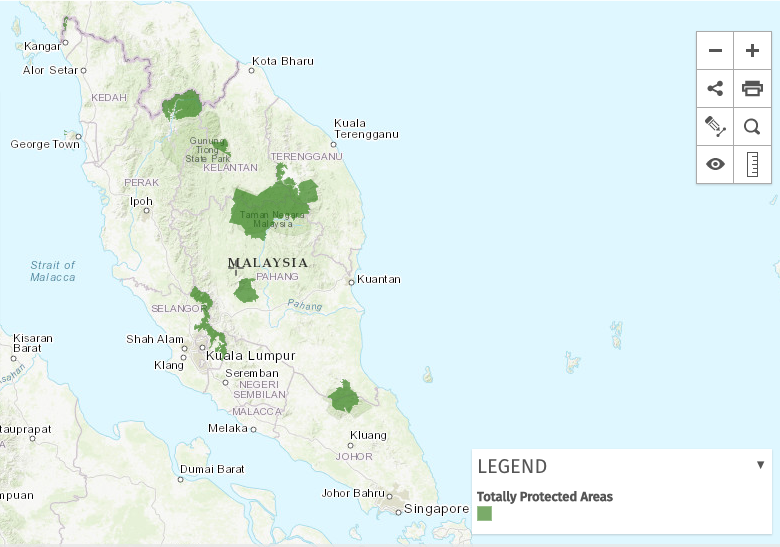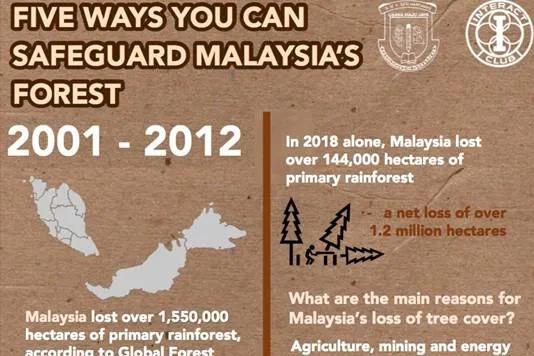Five Ways You Can Safeguard Malaysia’s Forests
Another Jeffrey Sachs Center Outreach Programme
Contributing Authors: Zahara Nordin and Sofea Ahmad Faiz (Interact Club of SMK Seri Hartamas), Kong Phui Yi (Jeffrey Sachs Center on Sustainable Development)
Primary rainforests are important for biodiversity and store more carbon than other forest types. These forests have been around for decades and are located in tropical regions such as Malaysia. Loss of such forest equates to a permanent loss of biodiversity and a release of previously captured carbon into the atmosphere.

Remnant of a Mighty Chengal
Credit: SANJITPAAL SINGH / JITSPICS.COM©.
In 2001 Malaysia’s primary rainforest covered an area of 15.9 million hectares, equivalent to 54% of tree cover.
Between 2001 and 2018, Malaysia has lost 2.63 million hectares of primary rainforest.
This makes up a 16% decrease in primary rainforest treecover.
In 2018 alone, Malaysia lost over 144,000 hectares of primary rainforest, the 6th largest area loss in the world by country.
Agriculture, mining and energy infrastructure make up the main drivers of Malaysia’s tree cover loss from 2001 – 2018.

Source: Global Forest Watch


What can we do?
WE CAN: Reduce paper usage & purchase paper products from sustainably sourced providers
A common yet effective way to contribute to the safeguarding of Malaysian forests is by reducing paper usage and purchasing paper products from sustainably sourced providers.
Apart from considering wood as its material output, the paper and pulp industry is the fourth most energy intensive industrial sector globally.
According to the Environmental Paper Network’s Paper Calculator, producing 1 ton of virgin paper fibre takes about 9,378 kWh of energy.
That being said, using paper is at times, unavoidable. So, when purchasing paper products, you should always check your product for timber certification schemes that ensure sustainable practices. The most notable and globally recognized certification schemes are the Forest Stewardship Council (FSC) and the Programme for the Endorsement of Forest Certification (PEFC).


Ensuring paper products are from certified sources projects a brand’s environmental consciousness. On the left is a Forest Stewardship Council (FSC) Label, and on the right a Programme for the Endorsement of Forest Certification (PEFC) Label. Look for these labels on your paper products.
Nationally, the most recognized and accredited Malaysian certification scheme is the Malaysian Timber Certification Scheme (MTCS), as it is endorsed by PEFC, hence accepted under the national timber procurement policies of France, Germany, New Zealand, Switzerland, the UK, etc. and recognised by green building systems in Abu Dhabi, Australia, Japan, Singapore, UK, and USA.
Both FSC and PEFC meet international standards for sustainable forest management with FSC being endorsed by major environmental organisations WWF and Greenpeace. In terms of pricing, brands with and without these certifications tend to stay within the same price range, making sustainable products more and more accessible and at times going virtually unnoticed by the consumer. Therefore, the effort to switch to sustainably sourced paper, when going digital isn’t an option, is a small jump that we should all be making as consumers.
Between 2017 and 2018, Malaysia saw an increase in oil palm plantation area of 38,185 hectares to a total of 5,849,330 hectares. The landmass covered by oil palm plantations in Malaysia is significant – equivalent to over one third of the area of primary forest in Malaysia.
WE CAN: Use products which have sustainable palm oil certification
Many everyday products contain palm oil, ranging from lipstick to margarine. As most of us are aware of, some palm oil companies have devastating effects on our as they partake in deforestation which leads to habitat loss, greenhouse gas emissions, and other environmental issues for the sake of profit. In order to avoid contributing to this problem, we should ensure that the products containing palm oil that we purchase are certified by organisations such as Roundtable on Sustainable Palm Oil (RSPO) which ensures that the palm oil we purchase is produced sustainably and responsibly.
Switching to sustainably sourced products may apply consumer pressure on manufacturers, however, there are reports that sustainable labels have done little to slow down deforestation. Instead of labels, an approach using legislation to protect existing forests and applying public pressure on proposed development projects on forested land directly addresses the need to protect intact forest.
WE CAN: Participate in Public Hearings on Change in Forest Land-use
One way to protect forests is to use your voice as a citizen to advocate for their protection. Forests are important to maintain the regularity of our climate. Ensuring forests remain intact will in turn contribute to human and animal wellbeing. Recent public participation in the Selangor Bukit Lagong Forest Reserve de-gazettement spurred media attention and subsequent inquiry into the biodiversity and forest ecosystems services value of the area.
Since land is a state matter in Malaysia, it is important for the public to channel concerns about forest land usage to State Governments. Federal governments can only advise state governments on land management. See below for other channels to make your voice heard.
WE CAN: Take Steps to Offset your Carbon Emissions by Investing in Forest Carbon Projects
Malaysian companies investing in Forest Carbon Projects create value for forest ecosystems while contributing to the common good by offsetting emissions which cannot be directly reduced.
Daily activities such as transport and electricity consumption involve burning fossil fuels. Most people do not own electric cars and most countries’ electricity generation depend heavily on fossil fuels burning.
An organisation that wants to offset emissions and add value to forests can invest in a Forest Carbon Project. To ensure the legitimacy and constant improvement of the Forest Carbon Projects offset potential, ensure that projects have forest management, monitoring and conservation expertise. Reforestation projects such as Infrapro in Eastern Sabah restore once-logged over forests. Preferable to this are projects which preserve intact forests. One such example is Rimba Raya in the Indonseian side of Borneo, which encompasses multi-dimentional strategies to preserve existing forest stock. The Rimba Raya project advances sustainable development in the forest and its surrounding communities. Read about how biodiversity initiatives by Rimba Raya result in cross-cutting benefits aligning to all 17 United Nations Sustainable Development Goals.
As with any environmental certification, evaluate the legitimacy of its claims. Ensure projects are verified by international carbon schemes and that these are supplemented with documentation to prove local impact.
WE CAN: Support NGOs Who Are Working with State Governments to Legally Protect Intact Forests
One way to ensure forests remain intact is to work with State Governments to legally protect forests using existing legislation.
In Peninsular Malaysia, forests can be designated by state governments under law as Permanent Reserved Forest (PRF). Any land which has PRF status is governed under the National Forestry Act 1984. However, this does not mean the areas are protected from logging. To ensure full protection from timber extraction, forests need additional legal protection in the form of Totally Protected Areas (TPA). See map below for TPA area in Peninsular Malaysia.

Peninsular Malaysia Areas Designated as Totally Protected Areas
Source: Hutan Watch
As it may not be feasible to work as an individual to lobby state governments to designate more Totally Protected Areas, consider supporting NGOs who are already doing work in this area.
Two such NGOs are Rimba in Terengganu and WWF in Kedah
What about Tree Planting?
Tree planting is a good way to get people involved in the process of drawing carbon back down from the atmosphere. Tree planting initiatives can help improve local scale wellbeing from increased shade and water quality.
Tree planting initiatives require on-going monitoring to ensure effectiveness of trees planted. Planting trees does not ensure their survival.
Tree planting initiatives need to be carried out in consideration of the native ecosystem. Selection of species is important to avoid harm to native species.
For effective tree planting, ensure trees planted enhance existing ecosystems as new trees can reduce water supply. Tree planting is only one approach to environmental protection. Enhanced tree cover represent only a small portion of the carbon reductions the world needs.
References and Resources:
Global Forest Watch 2018 Primary Rainforest Status: Weisse, M., Goldman, L. (2019), The World Lost a Belgium-sized Area of Primary Rainforests Last Year. Global Forest Watch Blog. https://blog.globalforestwatch.org/data-and-research/world-lost-belgium-...
Global Forest Watch Malaysia Tree Cover Loss by Dominant Driver: The Sustainability Consortium, World Resources Institute, and University of Maryland. “Tree Cover Loss by Driver.” Accessed through Global Forest Watch on 27/05/2020. www.globalforestwatch.org.
Infrapro Forest Restoration Project in Sabah, Malaysia: https://facethefuture.com/projects/sabah-maleisie-bosherstel-en-bescherming
Malaysia Oil Palm Plantation Area by Year: Malaysian Palm Oil Board (MPOB) Official Website. http://bepi.mpob.gov.my/index.php/en/?option=com_content&view=category&i...
Malaysian Nature and Wildlife Photography: SANJITPAAL SINGH / JITSPICS.COM©. http://www.jitspics.com/
Paper and Pulp Energy Efficiency and Sustainability: Corcelli, F., Ripa, M., & Ulgiati, S. (2018). Efficiency and sustainability indicators for papermaking from virgin pulp—An energy-based case study. Resources, Conservation and Recycling, 131, 313-328. doi: https://doi.org/10.1016/j.resconrec.2017.11.028
Primary Rainforest Satellite Imaging Data Methodology and Verification: Turubanova, S., Potapov, P. V., Tyukavina, A., & Hansen, M. C. (2018). Ongoing primary forest loss in Brazil, Democratic Republic of the Congo, and Indonesia. Environmental Research Letters, 13(7), 074028.. Retrieved from https://iopscience.iop.org/article/10.1088/1748-9326/aacd1c/meta
Tree Planting and Climate Change: University of California Santa Cruz Article. https://phys.org/news/2020-05-trees-panacea-climate-ecologist-science.ht...
Tropical Primary Forest Carbon Stock: Berenguer, E., Ferreira, J., Gardner, T.A., Aragão, L.E.O.C., De Camargo, P.B., Cerri, C.E., Durigan, M., Oliveira, R.C.D., Junior, Vieira, I.C.G. and Barlow, J. (2014), A large‐scale field assessment of carbon stocks in human‐modified tropical forests. Glob Change Biol, 20: 3713-3726. doi:10.1111/gcb.12627
In Collaboration with Rotary Club of Bukit Kiara Sunrise, and the Interact Club of SMK Seri Hartamas.
The Jeffrey Sachs Center has a Memorandum of Understanding (MOU) with the Rotary Club of Bukit Kiara Sunrise as of November 2019. This MOU facilitates knowledge transfer from the Jeffrey Sachs Center to the Rotary Club of Bukit Kiara Sunrise, via joint projects on sustainable development and co-development of initiatives to advance the United Nations Sustainable Development Goals.
This article is written in conjunction with JSC Research Fellow, Associate Professor Reuben Gopalasamy Clements’s talk on Sustainable Forestry to the Rotary Club of Bukit Kiara Sunrise on 9th May 2020. A link to the talk can be found on the Jeffrey Sachs Center YouTube Channel here.
This article is part of the Jeffrey Sachs Center on Sustainable Development’s ongoing public engagement on education for sustainable development. If you or your organisation would like to collaborate or partner with the Jeffrey Sachs Center, kindly send an email to @email.




